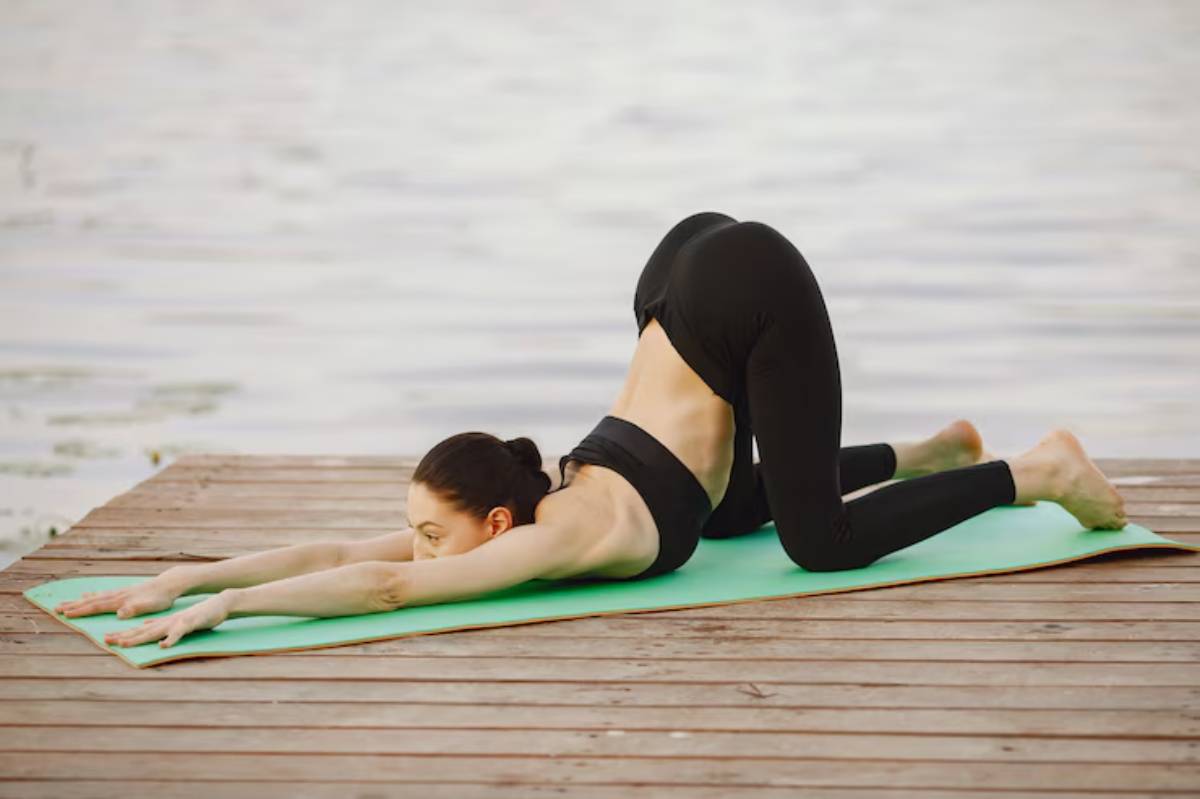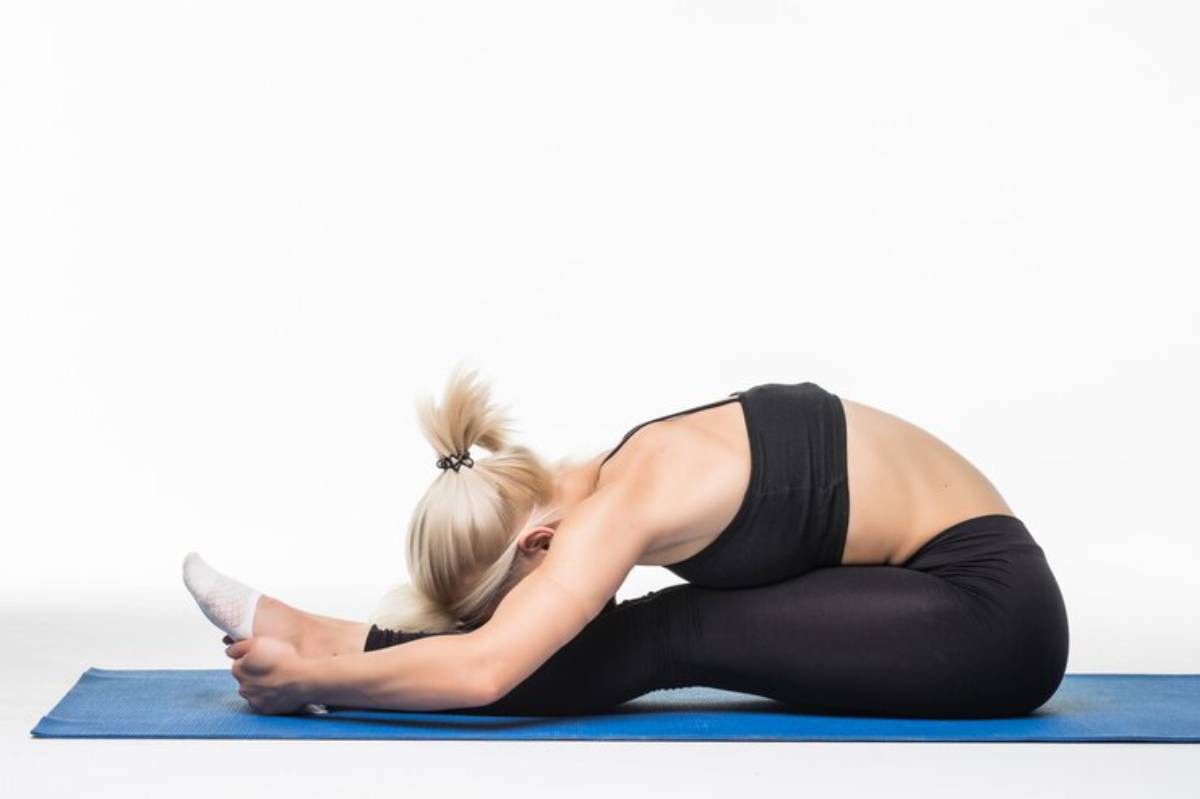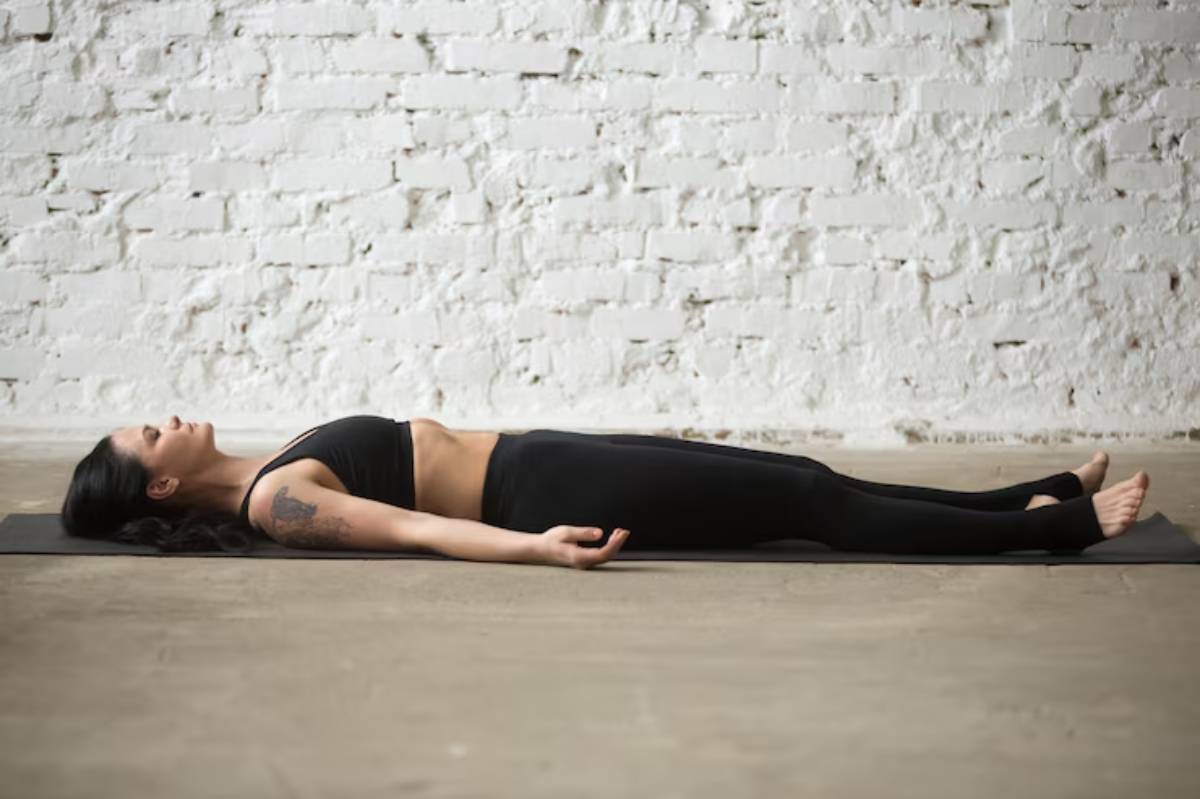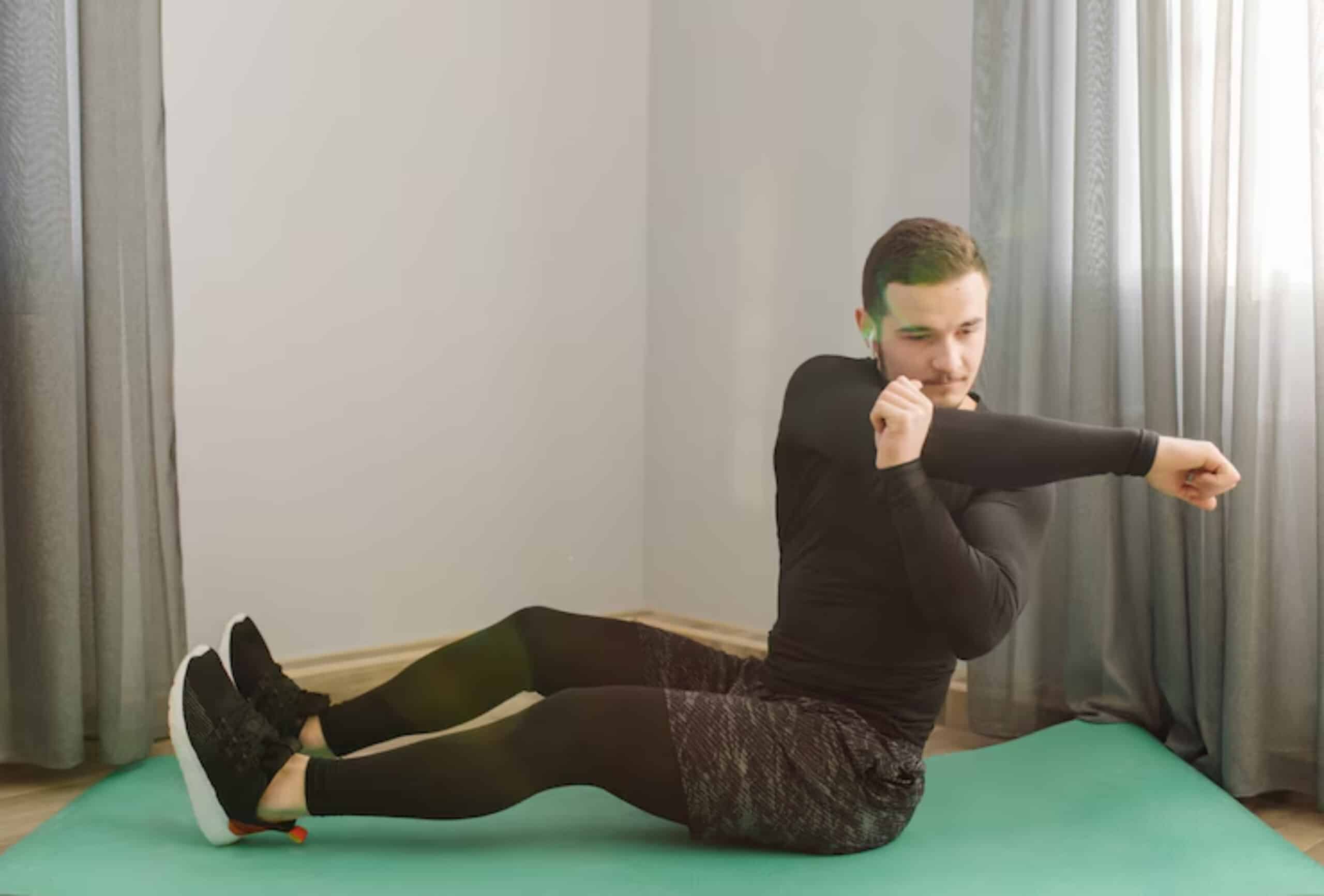
How to Use Yoga to Relieve Muscle Soreness
We’ve all experienced it—the satisfying ache after a workout. You feel stiff legs, sore shoulders, and a walk that shouts, “leg day.”” While that soreness is a sign your muscles are adapting and growing, too much of it can hold you back.
What if the solution wasn’t another foam roller or ice bath, but something gentler—and more effective?
Enter yoga for sore muscles. It is a gentle method that clears lactic acid, stretches tired tissues, and soothes muscles. A gentle yoga flow can help with post-lifting recovery or daily tension. It eases discomfort, boosts circulation, and gets you back on your feet.
Understanding the Core: How Yoga Helps Heal Muscle Soreness
Delayed-onset muscle soreness (DOMS) usually starts 12 to 48 hours after hard exercise. It’s caused by tiny damage to muscle fibres, which leads to inflammation, tightness, and reduced range of motion.
So, how does yoga help?
1. Promotes Active Recovery
Gentle movement increases blood flow, which helps deliver oxygen and nutrients to muscles. This speeds up tissue repair and reduces inflammation.
2. Flushes Out Toxins

Dynamic yoga poses and deep breathing clear lactic acid and waste from the lymphatic system. This reduces soreness and fatigue.
3. Eases Muscle Tension
Stretches that lengthen fascia, the tissue around muscles, improve mobility. They also ease stiffness and restore balance.
4. Recalibrates the Nervous System
Yin and restorative yoga calm your nervous system. They help you switch from fight-or-flight to rest-and-digest mode. This shift is great for healing.
Clinical studies show that yoga helps athletes recover better. When part of a structured program, it reduces muscle soreness and improves recovery markers.
Quick-Reference Recovery Checklist: Yoga for Sore Muscles
Here’s how to make yoga your go-to tool for muscle relief:
- Practice within 24–48 hours of your workout
- Use a gentle yoga flow, not vigorous Power or Ashtanga sessions
- Target major sore areas (hips, hamstrings, glutes, shoulders)
- Breathe slowly and deeply into each stretch
- Hold each pose for 1–3 minutes (or longer if restorative)
- Practice for 15–30 minutes, 2–4 times per week for best results
- Use props (blocks, cushions) for extra support
Step-by-Step Guide: Gentle Yoga Flow for Post-Lifting Recovery
Ready to ease those aching muscles? Here’s a 20-minute gentle yoga routine you can do right at home.
Minutes 1–3: Grounding and Breathwork
Start by lying on your back with knees bent, feet flat. Place your hands on your belly and breathe deeply.
- 3-Part Yogic Breath: Inhale into your belly, ribs, and chest. Exhale in reverse.
- Purpose: Signals your nervous system to relax and prepares muscles for release.
Minutes 4–10: Full-Body Gentle Flow
Move slowly between these:
- Cat-Cow (Bitilasana-Marjaryasana) – Mobilises the spine and warms up the back and shoulders
- Child’s Pose (Balasana) – Opens the hips and stretches the lower back
- Low Lunge (Anjaneyasana) – Releases tight hip flexors and quads
- Downward-Facing Dog – Gently stretches calves, hamstrings, and shoulders
Spend 30–60 seconds in each pose. Repeat the flow twice.
Minutes 11–18: Deep Stretch and Hold

Hold each of these for 2–3 minutes to allow deeper muscle and fascia release:
- Seated Forward Fold (Paschimottanasana) – Soothes hamstrings and lower back
- Supine Spinal Twist – Releases the spine and massages the organs
- Reclining Pigeon Pose (Supta Kapotasana) – Targets glutes and piriformis
Use props if needed to avoid strain and maintain gentle pressure.
Minutes 19–20: Final Relaxation
- Legs-Up-the-Wall (Viparita Karani): A calming inversion that boosts circulation and reduces inflammation.
Let your breath slow naturally. Let go of any lingering tension.
Pro Tip: If a pose causes sharp pain, ease out and modify.
Important: Dehydrated muscles can tighten. So, drink water before and after your session.
Common Mistakes:
- Forcing the stretch, muscle soreness can’t be pushed away—be patient.
- On sore days, stick to gentle yoga. Try styles like Yin, Gentle Flow, or Hatha.
- Breathwork is key, just like movement. It boosts healing effects.
Best Practices & Additional Recovery Tips
1. Build It Into Your Training Week
Add a recovery yoga session on your rest day or after heavy workouts. Don’t wait for soreness—make it a preemptive part of your programme.
2. Pair It With Other Tools
- Foam rolling after yoga can deepen the release.
- Contrast showers (hot and cold) followed by yoga help reduce swelling and tightness.
3. Track Your Progress
Note when you feel least sore, how long it lasts, and which poses help the most. Over time, you’ll refine your own recovery blueprint.
Want to learn how to combine yoga with lifting for better gains? Read our practical guide on how to combine yoga with weight training for a balanced plan.
FAQs: Yoga and Muscle Recovery—Your Questions Answered
How soon after a workout should I do yoga?
You can practise within hours of your session or wait until the next day. Some like a quick stretch after working out, while others wait for DOMS to set in before easing their soreness.
Can I do yoga if I’m very sore?
Yes, but keep it gentle. Avoid poses that require deep muscular engagement or balance. Focus on passive stretches and breath-based relaxation.
How often should I use yoga for recovery?
2–4 times per week is ideal. Even a 10-minute routine after training can dramatically improve recovery outcomes.
Will yoga speed up my recovery?
Absolutely. Yoga helps you recover faster from DOMS. It boosts blood flow, lowers inflammation, and soothes your nervous system.
Is it okay to do yoga and strength training on the same day?
Yes—just avoid vigorous yoga styles after heavy lifting. Gentle sessions, especially in the evening, can help you unwind and heal overnight.
Conclusion: Stretch, Breathe, Recover—The Power of Gentle Yoga
Sore muscles are part of the process, but they don’t have to slow you down. A gentle yoga flow at the right time can change your week. It can help you power through instead of dreading your next workout.
Integrating yoga for sore muscles into your routine helps you recover faster. It also improves flexibility and boosts your body awareness. Yoga helps you relax, whether you lift weights, train for a race, or face daily stress. It helps both your body and mind.
Start your post-lifting recovery plan today. Roll out your mat, take a deep breath, and see how simple stretches can change your recovery.


